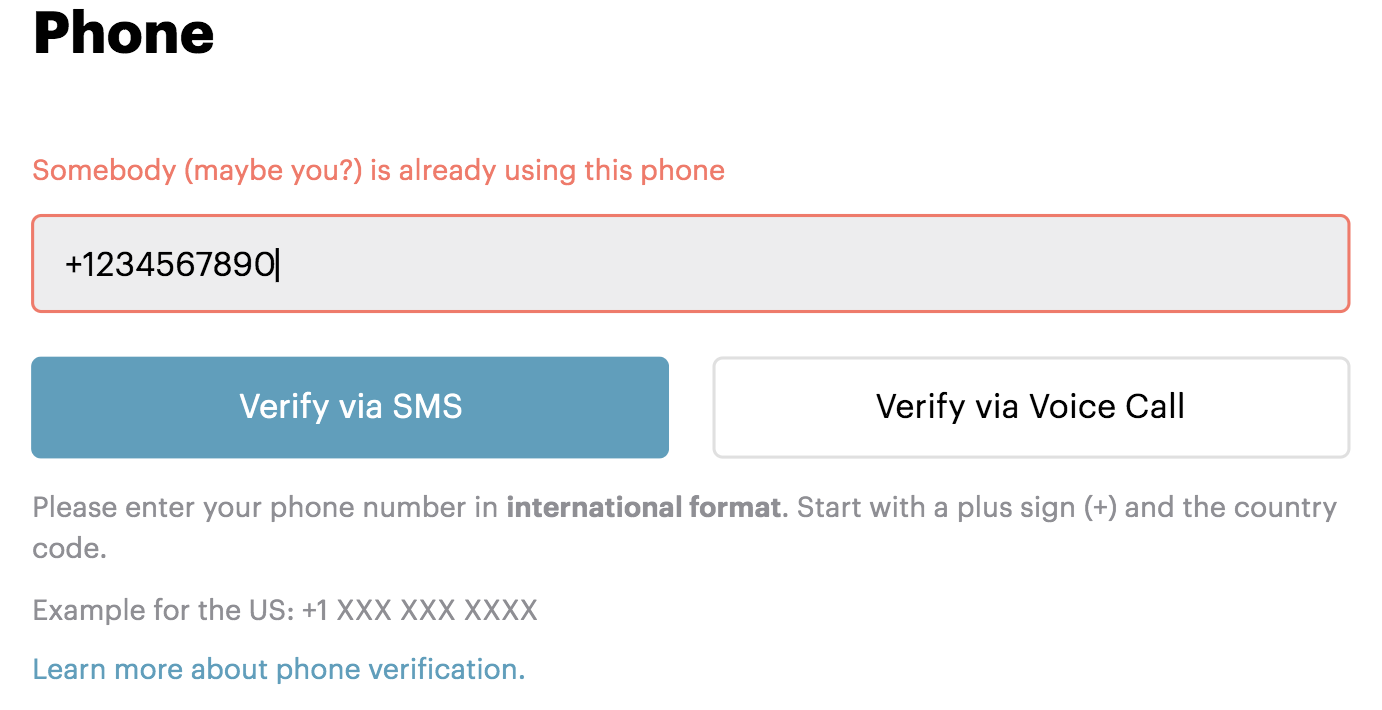Navigating Number Validity: Tips for Effective Data Validation
Phone validation is the procedure of confirming the accuracy of a given phone number. Its primary purpose is to ascertain whether a phone number is active and capable of receiving calls, which is crucial for businesses and organizations when establishing contact with clients or customers.
Phone number validation can be carried out through two main methods, each serving distinct purposes:
Utilizing a Phone Verification API:
This entails employing an Application Programming Interface (API) service to validate phone numbers in real-time. For instance, during online transactions where users input their phone numbers, this API instantly verifies the authenticity of the provided number. By implementing such a service, businesses can prevent the inclusion of fake or erroneous numbers in their databases, ensuring accurate communication channels.
Bulk Phone Number Validation:
This method involves automatically cleansing a list of phone numbers. Businesses can either schedule regular cleaning sessions for their phone number databases or upload lists for ad-hoc validation. Through bulk validation processes, organizations maintain data accuracy by continuously updating and verifying their contact information repositories.
Common Challenges in Number Validation
Despite the importance of accurate numerical data, validating numbers can pose several challenges. One common issue is data entry errors, such as typos or transpositions, which can lead to invalid numbers. Additionally, inconsistent formatting across datasets or systems can make it difficult to validate numbers effectively. Moreover, the complexity of validation rules can vary depending on the specific requirements of each dataset.

Tips for Effective Number Validation
Establish Clear Validation Rules: Define clear and concise rules for validating numerical data based on your specific requirements. Consider factors such as range, format, and precision.
Use Data Validation Tools: Leverage data validation tools and software to automate the validation process. These tools can help identify errors and inconsistencies more efficiently than manual validation methods.
Implement Error Checks: Incorporate error checks into your validation process to catch common data entry mistakes, such as out-of-range values or non-numeric characters.
Regularly Review Validation Rules: Periodically review and update your validation rules to ensure they remain relevant and effective, especially as data requirements evolve over time.
Perform Cross-Field Validation: Validate numerical data in conjunction with other fields to ensure consistency and accuracy across related data points.
Provide Clear Feedback: Communicate validation errors clearly to users, providing actionable feedback on how to correct invalid data entries.
Consider Contextual Validation: Take into account the context in which numerical data is used to determine appropriate validation criteria. For example, certain fields may have different validation rules based on their intended
Test Validation Rules Thoroughly: Test your validation rules thoroughly with sample data to identify any potential issues or edge cases before deploying them in a production environment.
Effective data validation is essential for maintaining the accuracy and integrity of numerical data. By understanding the challenges associated with number validation and implementing the tips outlined above, you can improve the quality of your data and make more informed decisions based on reliable information. Remember, investing time and effort into thorough validation processes upfront can save you headaches down the line and ultimately contribute to the success of your data-driven initiatives.


